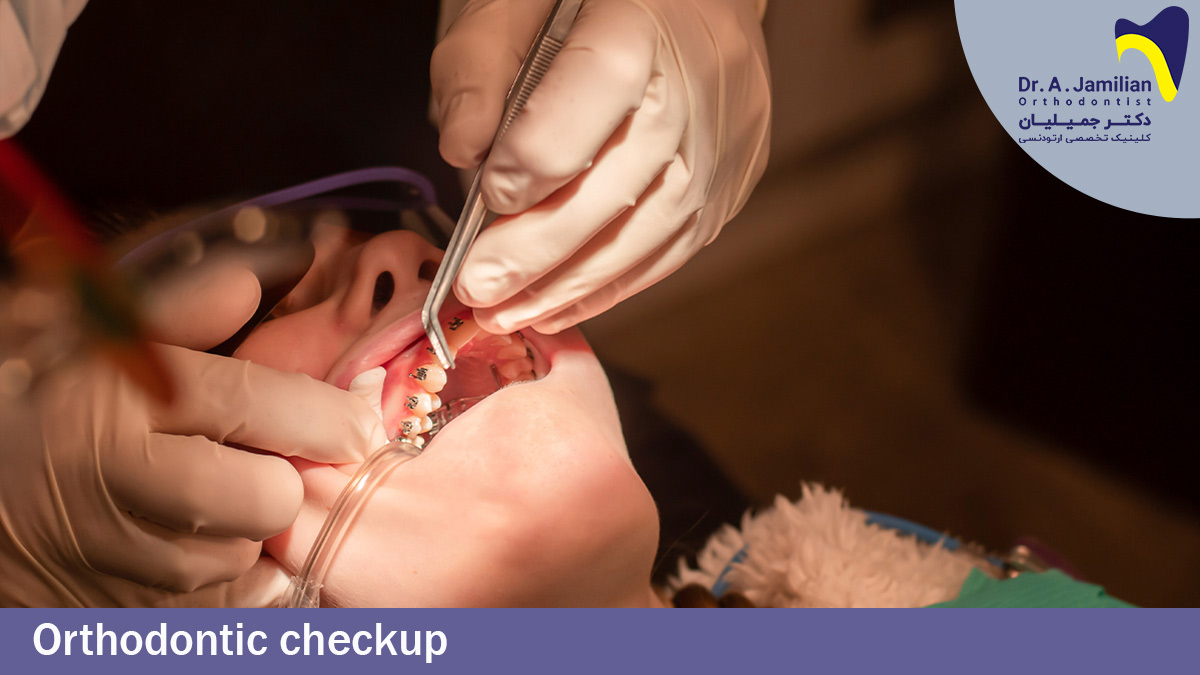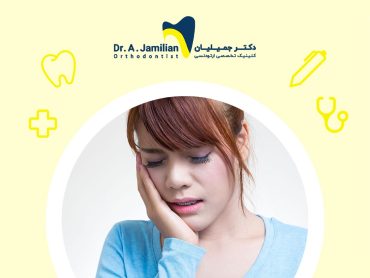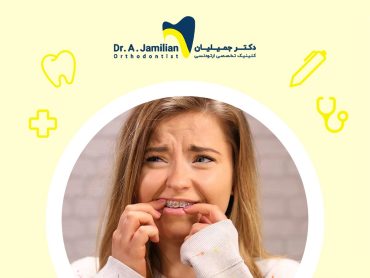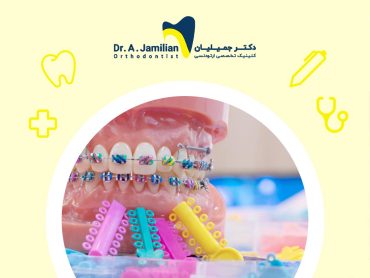An orthodontic check-up is one of the main concerns of patients in need of orthodontic treatment. Many people who want to receive orthodontic treatment for themselves or their child are worried about what happens during check-up and consultation session with the orthodontist. Given the importance of this session, an orthodontic check-up is discussed in the following to address any possible concerns patients may have.
What Is An Orthodontic Check-up?
Before beginning an orthodontic treatment, it’s recommended that the patient visits their orthodontist for a check-up & consultation session. In about this 15-minute session, the orthodontist assesses all your conditions and provides the required information about orthodontic treatment. The following is the main parts of the check-up and consultation session described.
Checking Patient’s Medical Record At Orthodontic Check-up
The first and most crucial part of an orthodontic check-up session is checking your medical record. The orthodontic specialist checks your general information such as past medical history, genetic diseases, and background diseases. This includes diseases such as: diabetes and blood pressure. This stage of the orthodontic check-up is important as, in case of any diseases, the orthodontic treatment procedure is decided accordingly.
Clinical Checkup
After checking your medical record, the orthodontist examines your oral and dental hygiene. At the orthodontic check-up session, the orthodontist will examine your teeth and ask you for your dental radiography. Some patients may have their radiograph ready before their orthodontic check-up, but otherwise, you need to take a radiograph of your teeth and make another appointment with your orthodontist for a thorough examination of your condition.
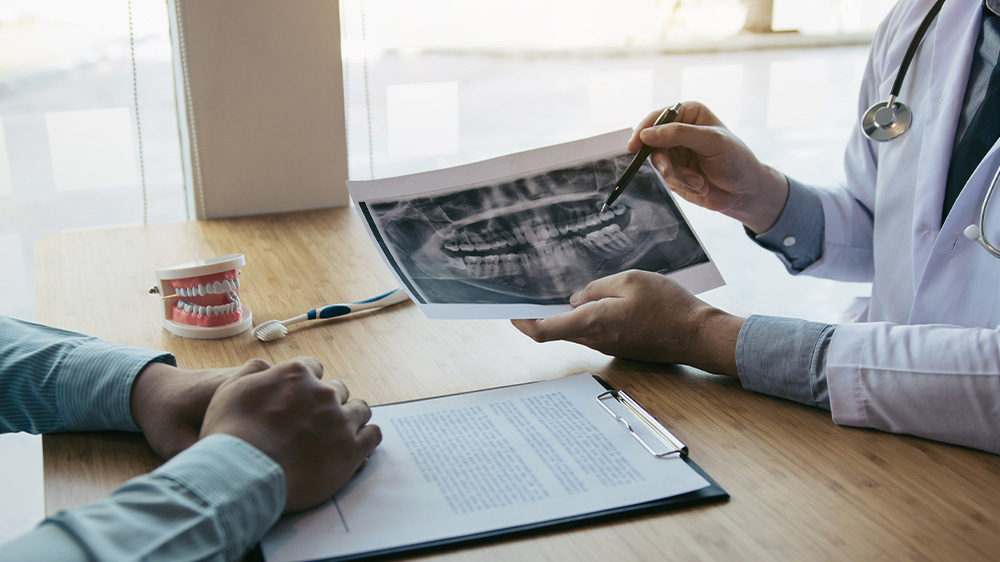
Diagnosis Of Malocclusions
Based on a checkup and review of dental radiographs, an eminent orthodontist will explain the diagnosed dental problems and other important things you need to know. When you are fully aware of the existing problems, the orthodontist will then explain the necessary treatments. The orthodontist uses high-precision instruments to measure all dental distances and dimensions to check your oral health several times and accurately diagnose the existing problems. At this stage, you should be calm and let the orthodontist carefully perform the necessary measurements and specialized check ups on your teeth. Misdiagnoses can lead to irreversible damage, and the orthodontist’s accuracy and experience can play a key role in orthodontic checkups. The orthodontist should also diagnose any secondary problem. The initial examinations are eventually finished and the patient should begin the treatment.
Elimination Of Secondary Problems
Any secondary problems within the orthodontic field, should be diagnosed and resolved by an eminent orthodontist before the beginning of the main treatment plan. This is important for dozens of reasons, of which you’ll learn about below. One of the pre-treatment actions that should be taken by orthodontists is the extraction of any extra tooth, this is because such teeth may be able to disrupt the overall alignment of teeth by applying excess pressure on other teeth. Therefore, any extra tooth should be extracted before the treatment to provide enough space for other teeth to bring them closer. Tooth decay is another common problem that should be addressed before or during orthodontic treatment.
The Necessity For Orthodontic Treatments
Orthodontic treatments are often time-consuming, and the orthodontist will explain the treatment steps and visualize the final result for you. The eminent orthodontist will then schedule the treatment sessions based on a preplanned program. The important point is that the orthodontist selects a method among different orthodontic methods. The orthodontist will first fully explain each of the common orthodontic procedures and then, propose one or more methods based on your conditions to select one best suits your budget and interests.
The patient should make sure to evaluate the advantages and disadvantages of orthodontic procedures and then consult an experienced orthodontist to choose the best method. After selecting the appropriate orthodontic method, the treatment begins based on the schedule set by the orthodontist.
Orthodontic Checkup FAQ
1-How long does an orthodontic check-up commonly take?
Depending on the patient’s condition, an orthodontic check-up may take from a few to 15 minutes.
2-What documents are needed for an orthodontic check-up session?
You should have all your medical records if you are under medical treatment, or have a past medical history. On top of that if you have a dental and jaw radiograph, make sure to take it with you when you visit your orthodontist.
3-How much does an orthodontic check-up cost?
The cost of orthodontic treatment varies depending on the patient’s dental and jaw disorders. Therefore, it’s necessary to visit your orthodontist (for free) to determine the accurate cost of your orthodontic treatment. After the check-up, your orthodontist will then inform you about your treatment cost.
4-When should we visit an orthodontist for a check-up?
If your teeth have gaps between them (diastema), are shaped abnormally, or are excessive in number, and if you have jaw problems when eating, you have to visit an orthodontist before pubescence. In addition, if your child breathes through their mouth, sucks their fingers regularly, or has biting and chewing problems, an early visit to a skilled orthodontist for a check-up is recommended before pubescence (no later than age 7).
